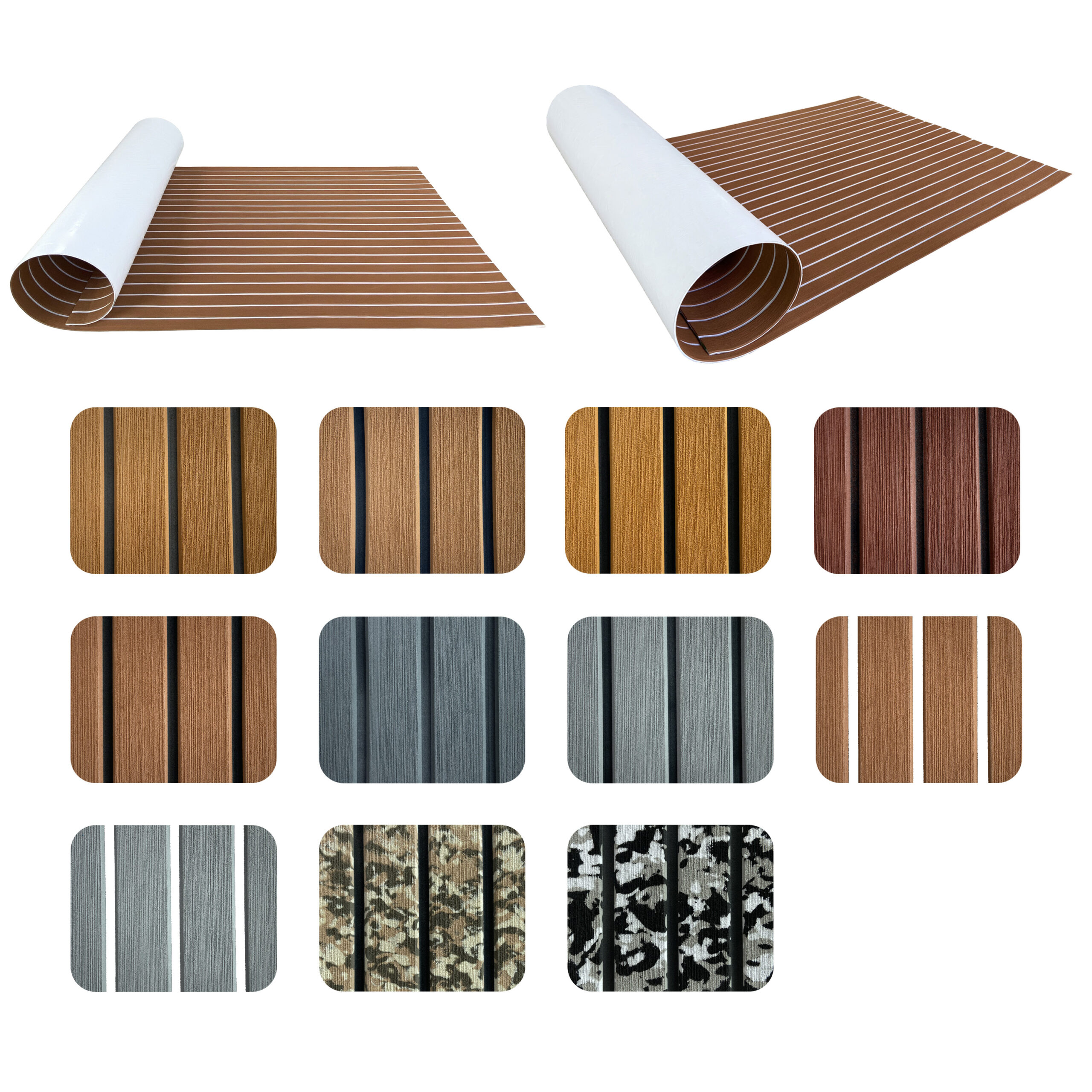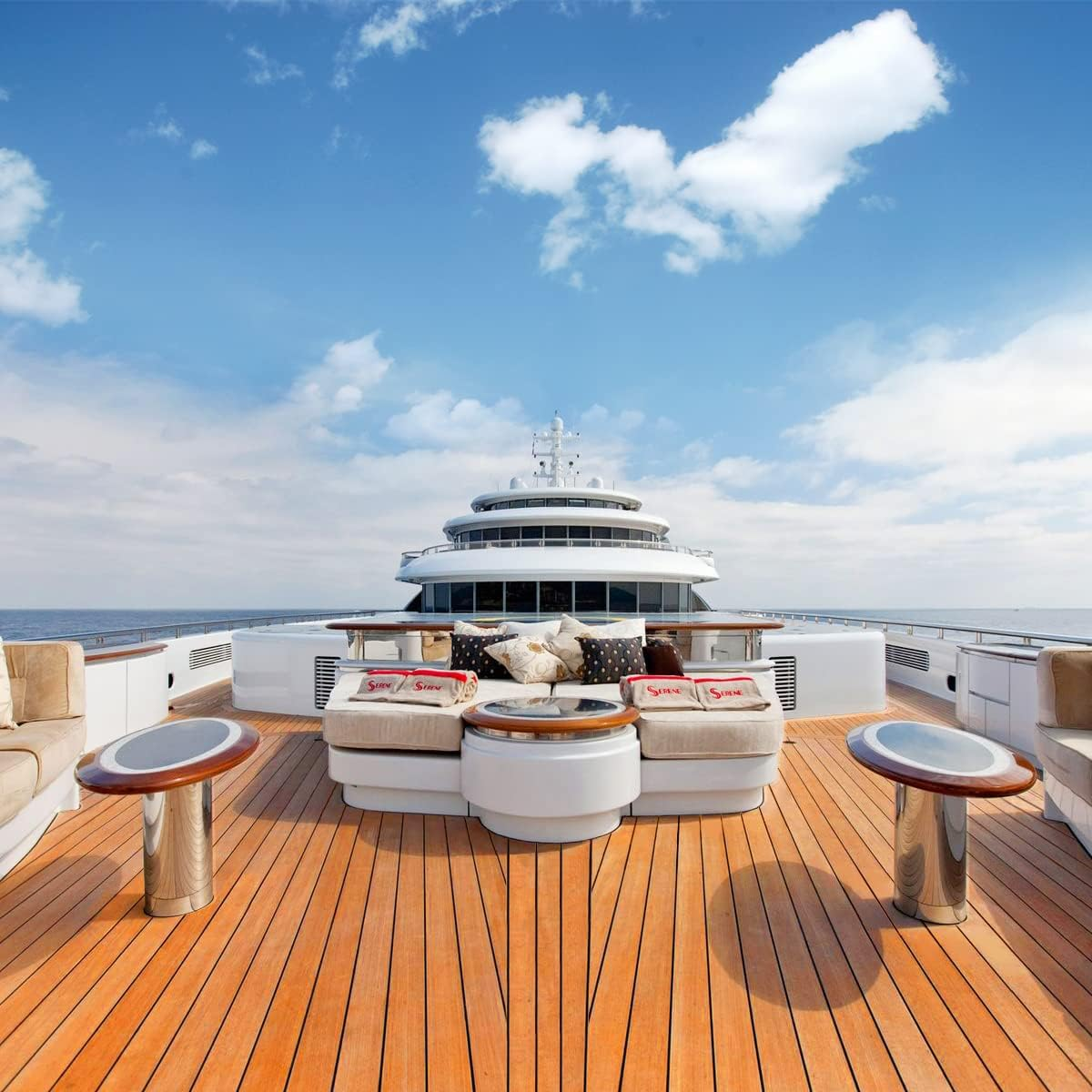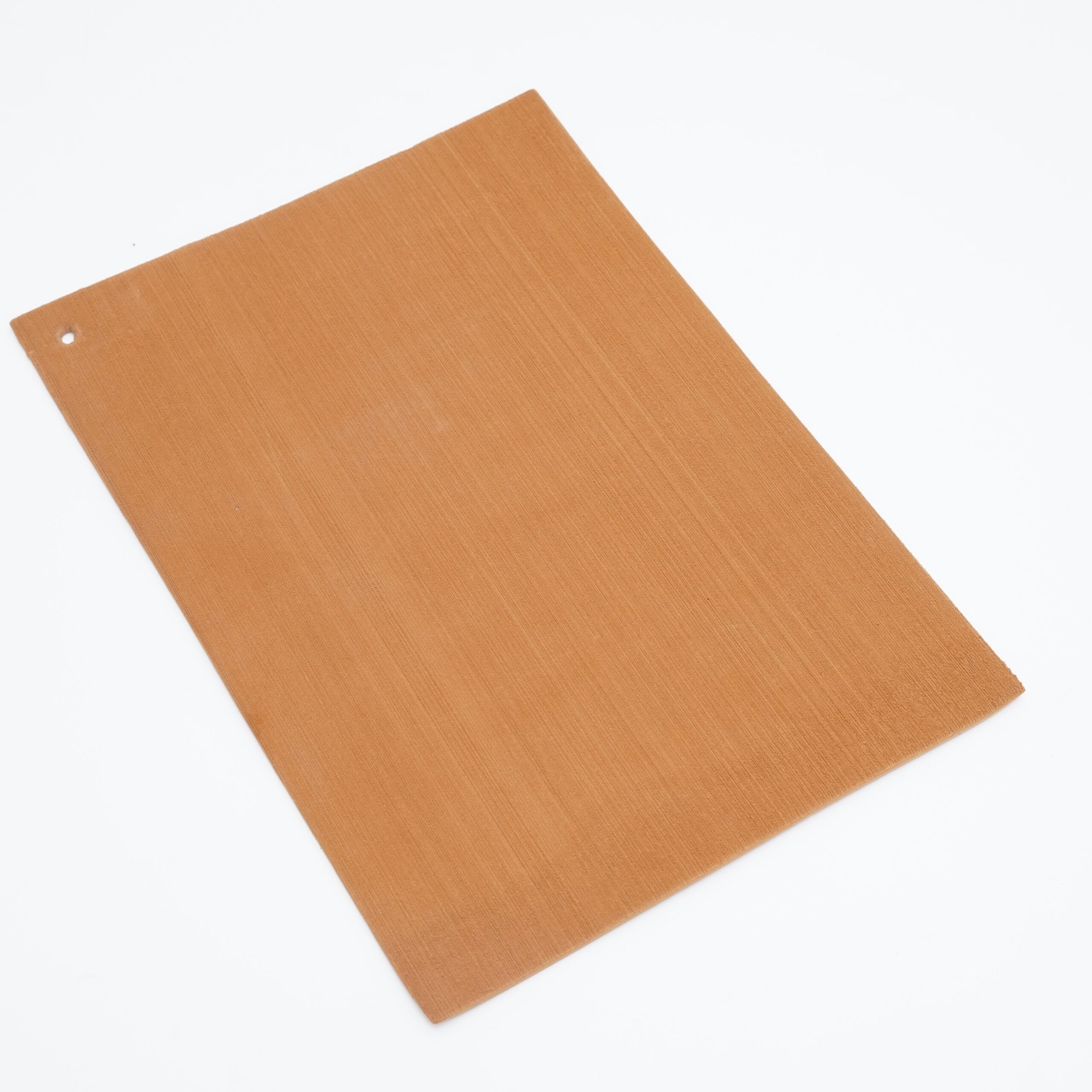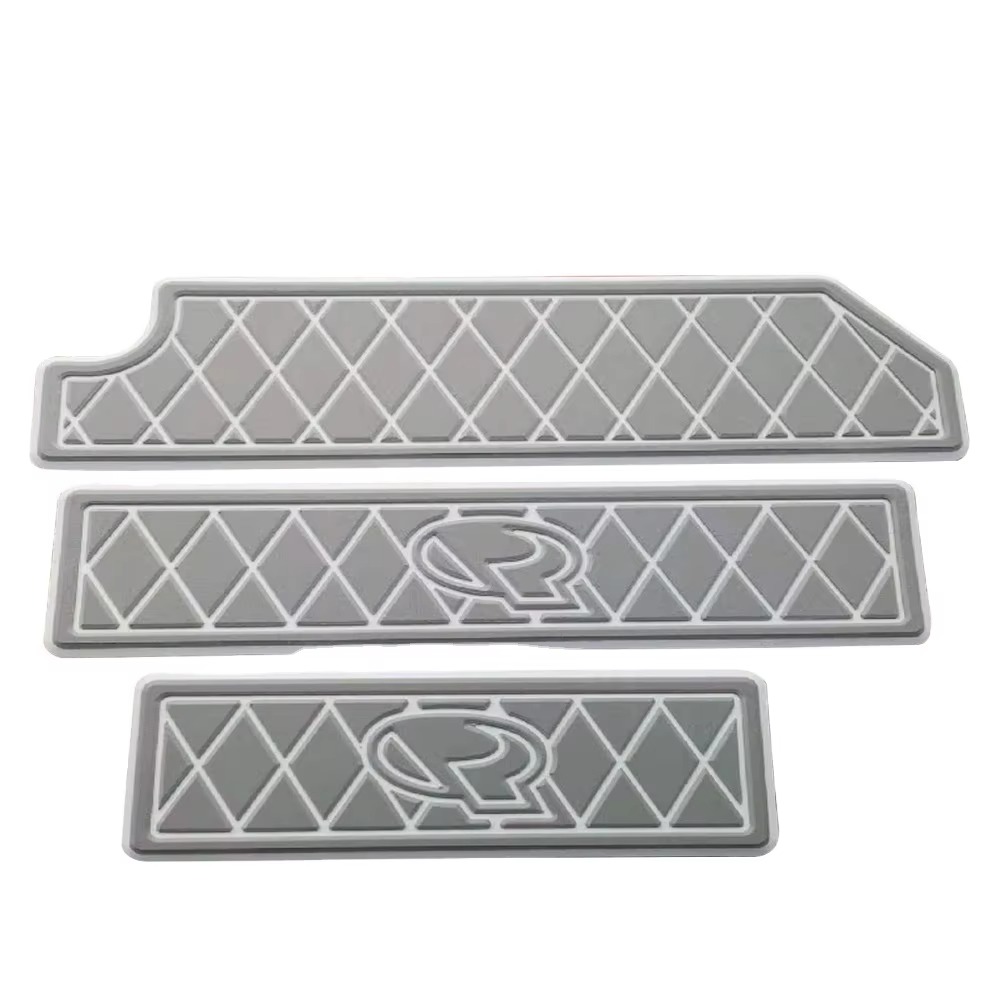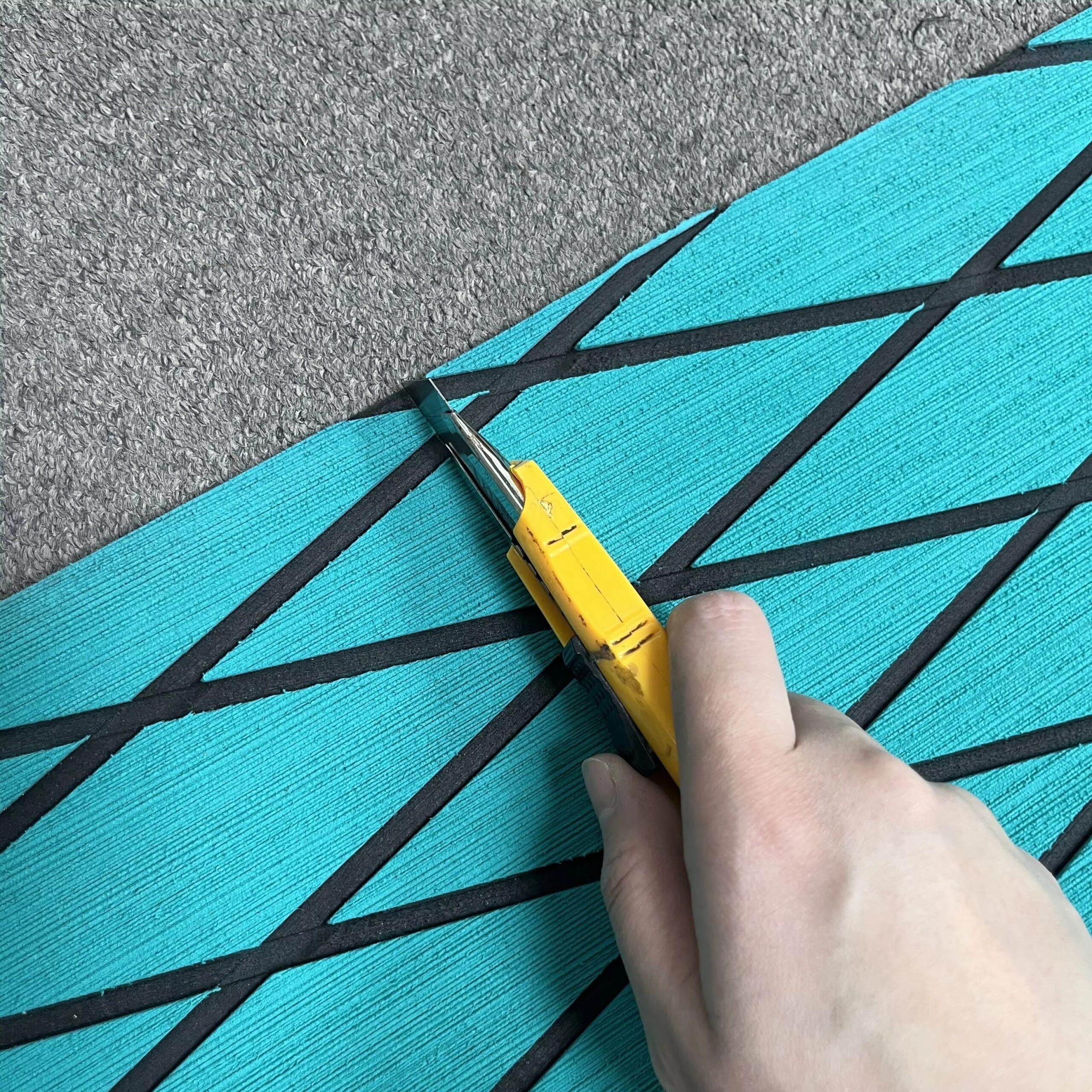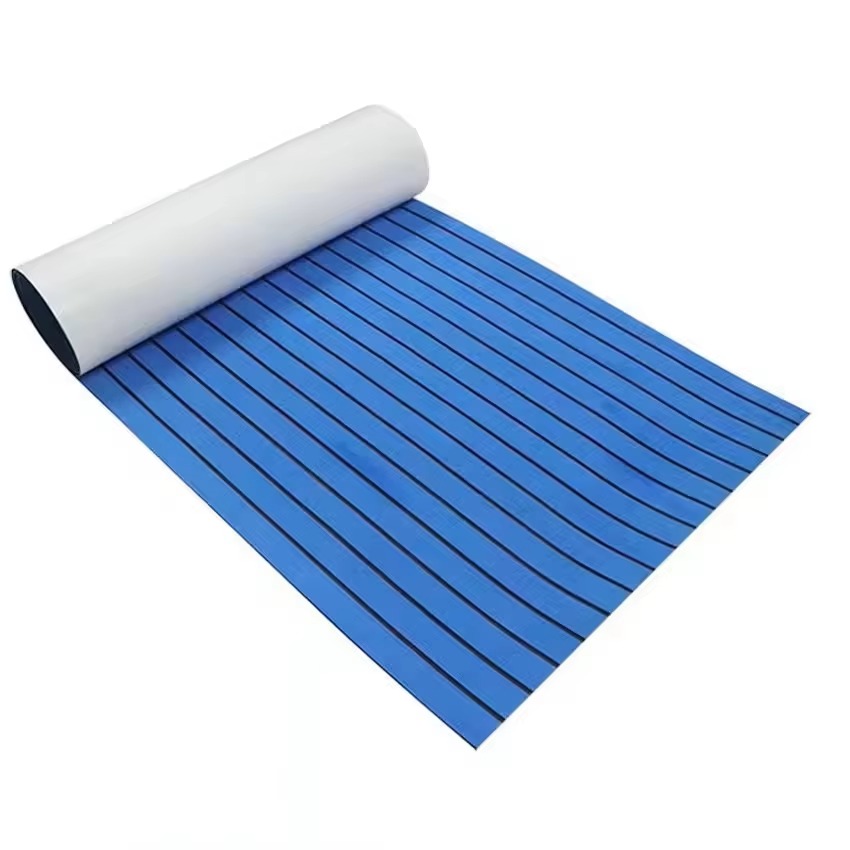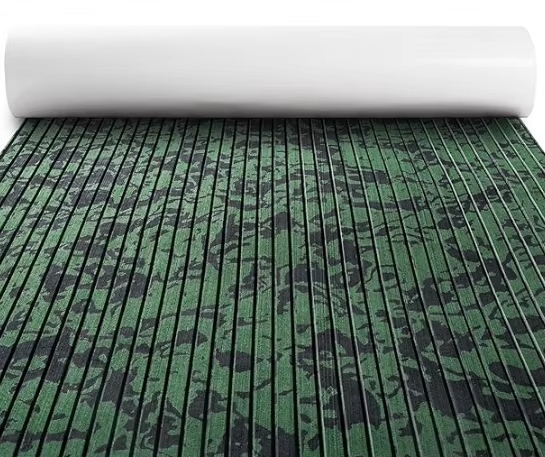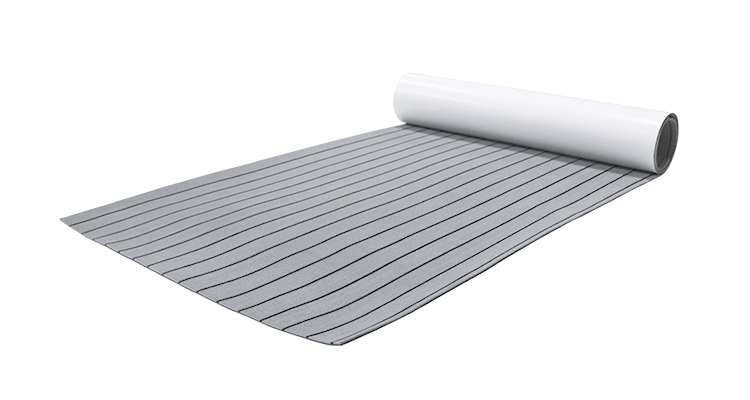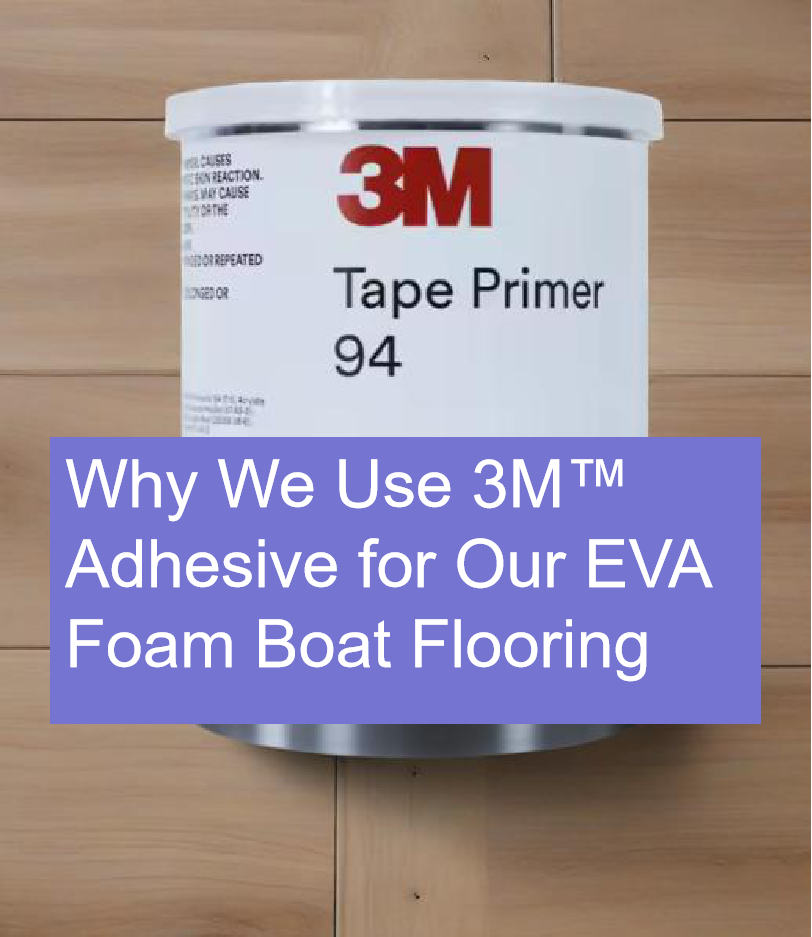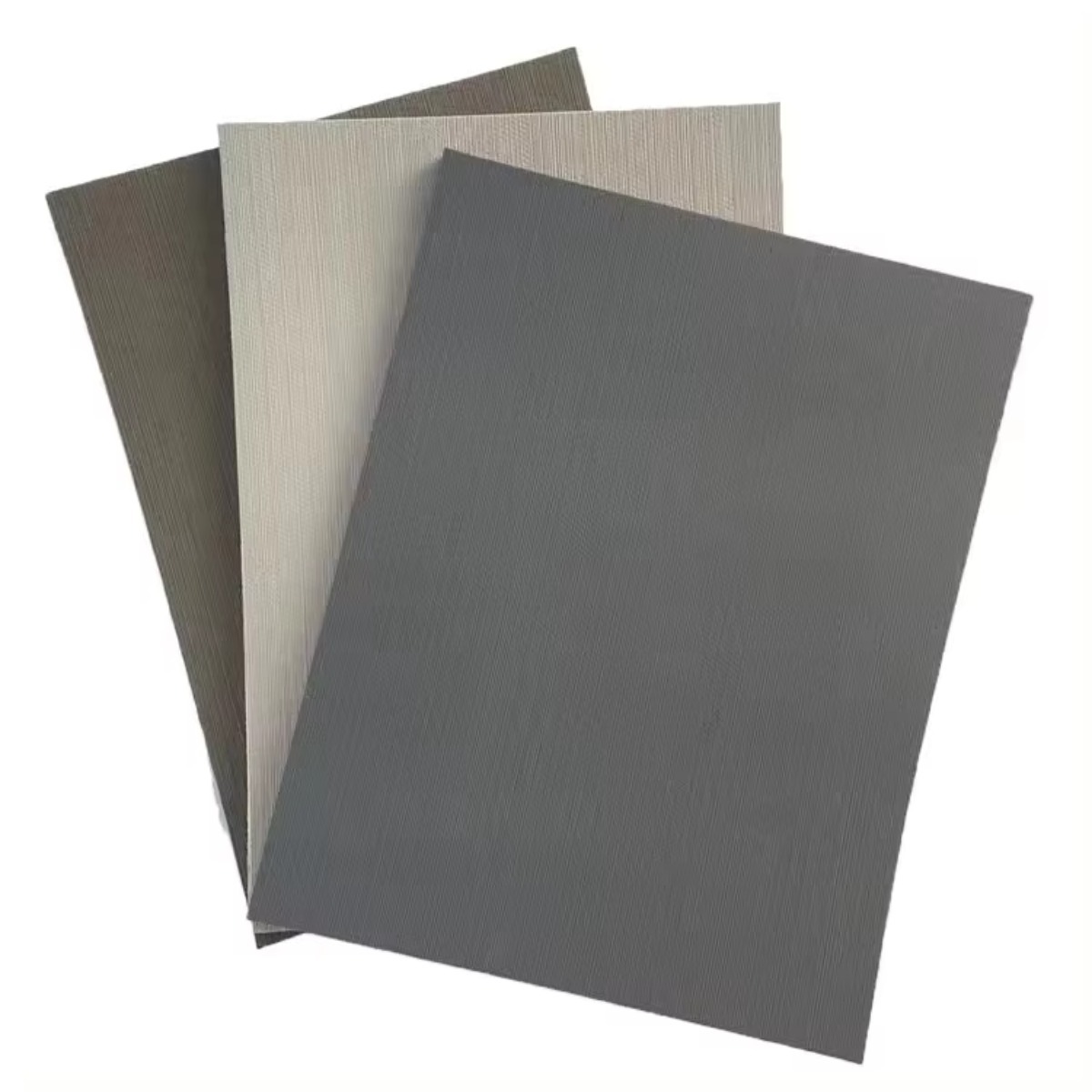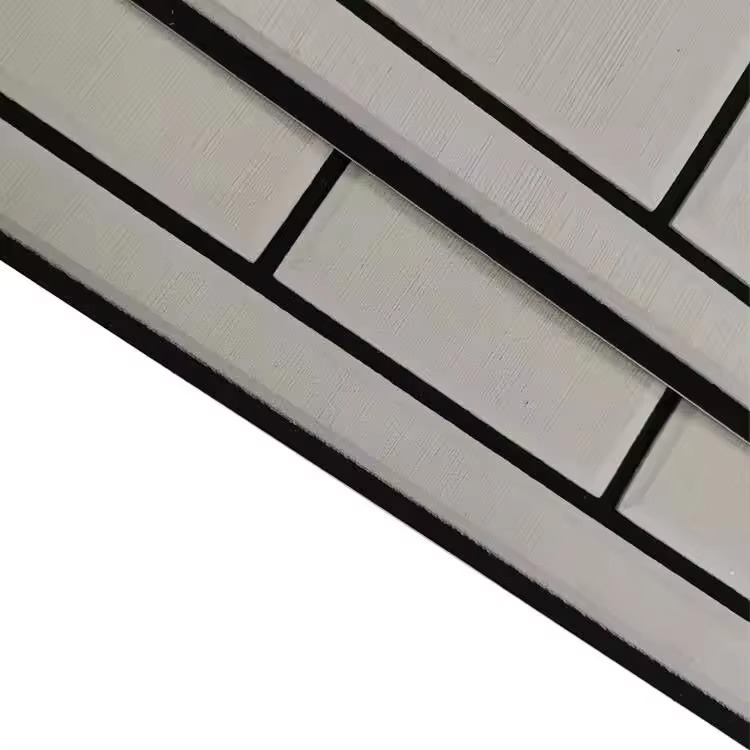
Learn more knowledge and trends in foam boat flooring industry from our blog.
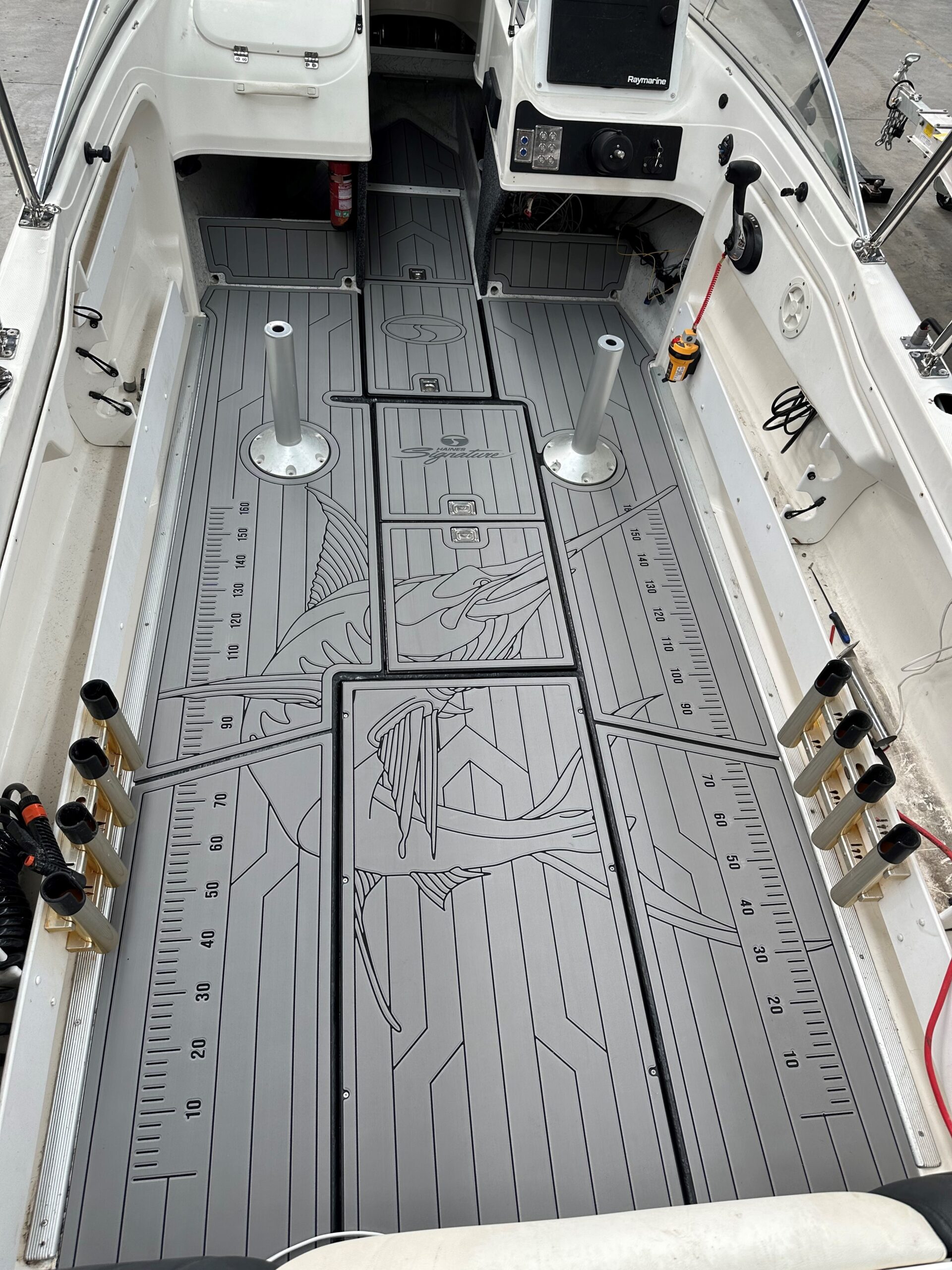
Understanding Factors Affecting Sea Foam Boat Decking Discoloration
Sea foam boat decking, a versatile and innovative material, has gained popularity in marine applications due to its numerous benefits.
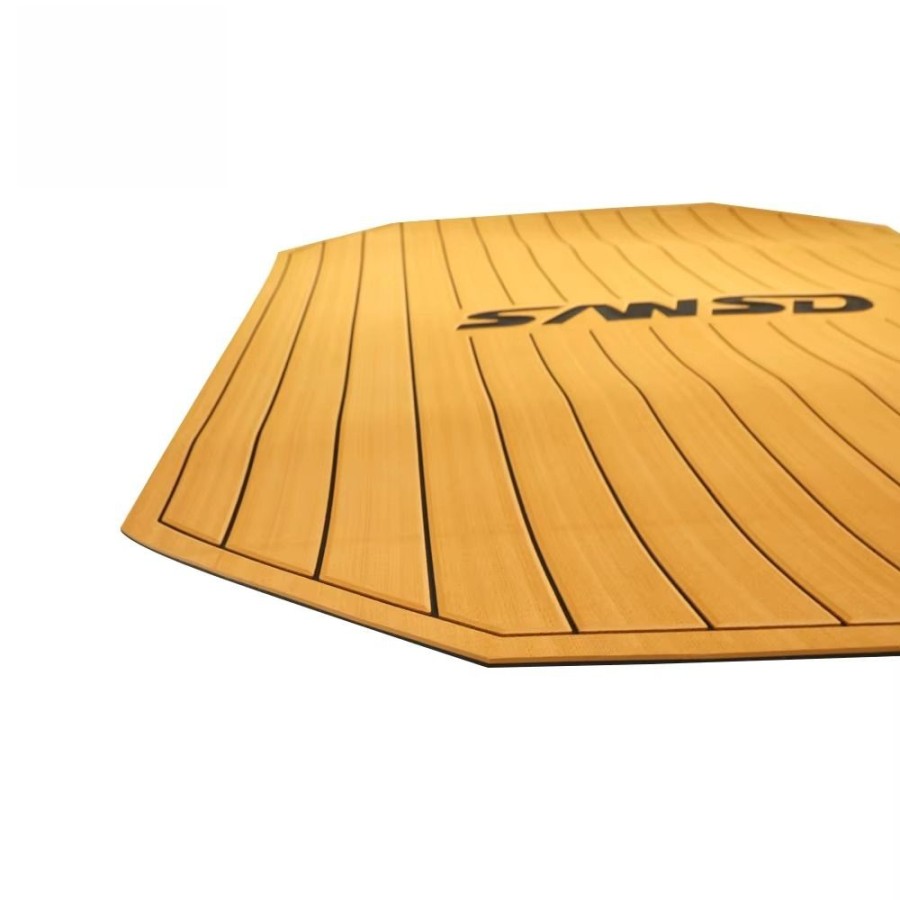
EVA Teak Foam Flooring Boats Factory
Table of Contents Marine EVA Nontoxic Teak Foam Flooring Boats Design & Safety Features Teak Appearance Realistic Wood-Grain Texture, Customizable
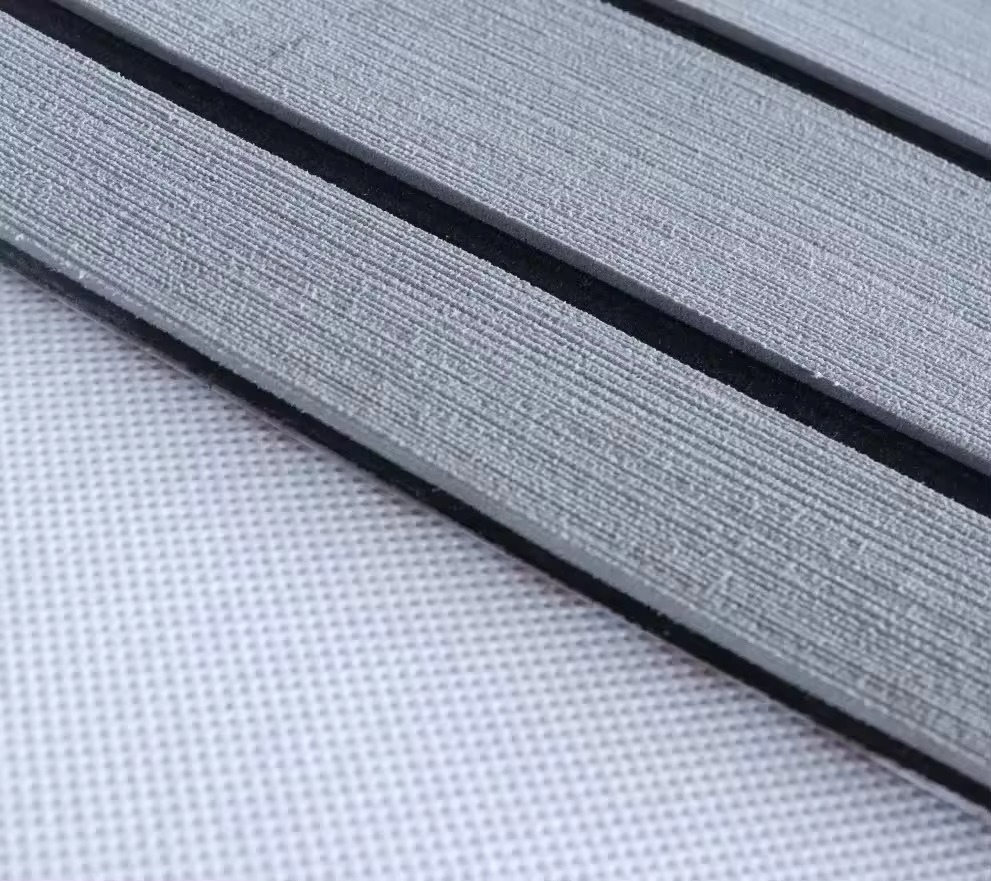
Bulk Stripe Boat Foam Sheets
Table of Contents Bulk Back Glue Waterproof Stripe Boat Foam Sheets Design & Installation Features Adhesive Type High-Tack Marine Back

